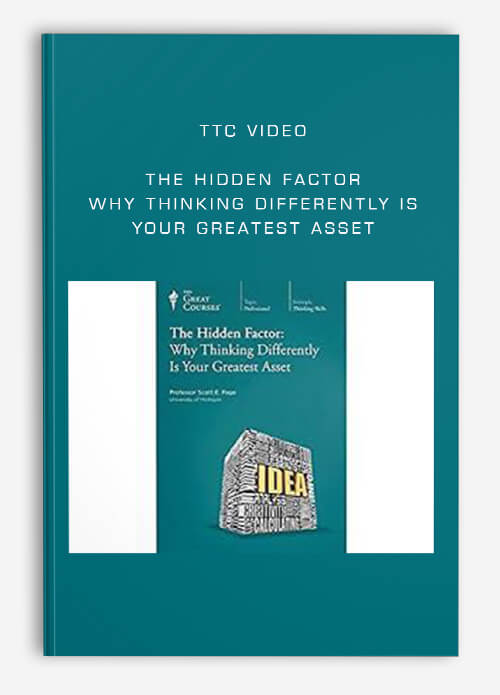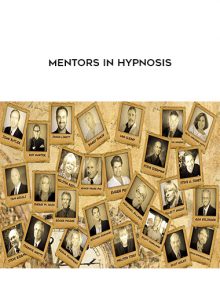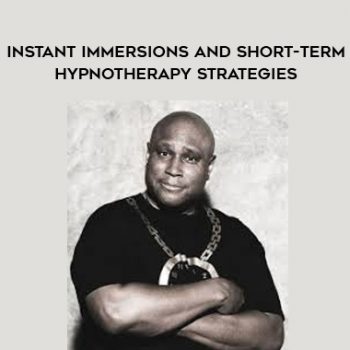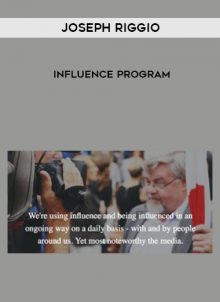
The Hidden Factor: Why Thinking Differently Is Your Greatest Asset by TTC Video
Description
From technology to business, two (or more) heads often prove to be better than one—but only if those heads are cognitively diverse. Top-performing companies, universities, and innovation centers are increasingly finding ways to encourage a greater exchange of ideas among their staff. Scientific journals continue to see the number of authors per paper rise, while both Nobel Prizes and patents are frequently granted to teams. The need for group problem solving has never been more critical. So what’s driving the demand?
The changing nature of work: The complexity of challenges faced by today’s “creative class” has produced a new reliance on teams. A group with diverse experience and education can often more effectively provide solutions by bringing myriad viewpoints to the table.
Demographic trends and technology: Technology is making the world smaller and connecting us with diverse sets of people and ideas. Our cultural identities influence everything from the books we read to the stories we hear in childhood and, thus, the way we make sense of the world.
Diverse perspectives are a powerful tool for maximizing productivity and enhancing collective performance. Believe it or not, you can even be “diverse” all by yourself. You can, to quote Walt Whitman, “contain multitudes.”
The Hidden Factor: Why Thinking Differently Is Your Greatest Asset is your opportunity to learn the strategies that make you a more diverse thinker and position you to break down institutional silos and build robust, effective teams. Delivered by Professor Scott E. Page of the University of Michigan—a pioneering researcher in his field—these 24 thought-provoking lectures are packed with case studies, cautionary tales, and formal mathematical methods that prove the case for cognitive difference.
Lectures:
01. Individual Diversity and Collective Performance
02. Why Now? The Rise of Diversity
03. Diversity Squared
04. The Wisdom of Crowds
05. The Diversity Prediction Theorem Times Three
06. The Weighting Is the Hardest Part
07. Foxes and Hedgehogs—Can I Be Diverse?
08. Fermi’s Barbers—Estimating and Predicting
09. Problem Solving
10. Diverse Perspectives
11. Heuristics and the Adjacent Possible
12. Diversity Trumps Ability
13. Digging Holes and Splicing Genes
14. Ability and Diversity
15. Combining and Recombining Heuristics
16. Beware of False Prophets—No Free Lunch
17. Crowdsourcing and the Limits of Diversity
18. Experimentation, Variation, and Six Sigma
19. Diversity and Robustness
20. Inescapable Benefits of Diversity
21. The Historical Value of Diversity
22. Homophily, Incentives, and Groupthink
23. The Problem of Diverse Preferences
24. The Team. The Team. The Team.
NLP online course
So what is NLP?
NLP stands for Neuro-Linguistic Programming. Neuro refers to your neurology;
Linguistic refers to language; programming refers to how that neural language functions.
In other words, learning NLP is like learning the language of your own mind!
NLP is the study of excellent communication–both with yourself, and with others.
It was developed by modeling excellent communicators and therapists who got results with their clients.
NLP is a set of tools and techniques, but it is so much more than that.
It is an attitude and a methodology of knowing how to achieve your goals and get results













tristian –
This is Digital Download service, the course is available at Coursecui.com and Email download delivery.